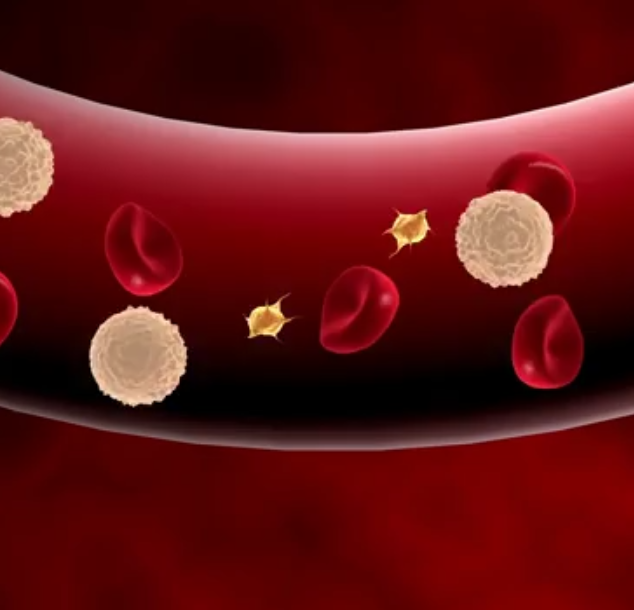![]() Ferrous iron and ferric iron
Ferrous iron and ferric iron
Rating : 8
In the human body Iron is found in 2 forms: ferrous iron and ferric iron. The former is soluble at neutral pH and is the main form in which it is found in organisms; however, it is oxidized in muscles, rather than in red blood cells. Iron, in the 2+ form, binds O2, a potent oxidant. Hemoglobin and myoglobin frequently convert to beta-hemoglobin and... (Read the full Tiiip)
0 pts from Al222
| Evaluate | Where is this found? |
| "Descrizione" about Ferrous iron and ferric iron by Al222 (20718 pt) | 2021-Apr-25 18:53 |
In the human body Iron is found in 2 forms: ferrous iron and ferric iron. The former is soluble at neutral pH and is the main form in which it is found in organisms; however, it is oxidized in muscles ...
| Read the full Tiiip | (Send your comment) |
Read other Tiiips about this object in __Italiano (1)
Component type: Natural Main substances: Last update: 2021-04-25 18:46:07 | Chemical Risk: |


